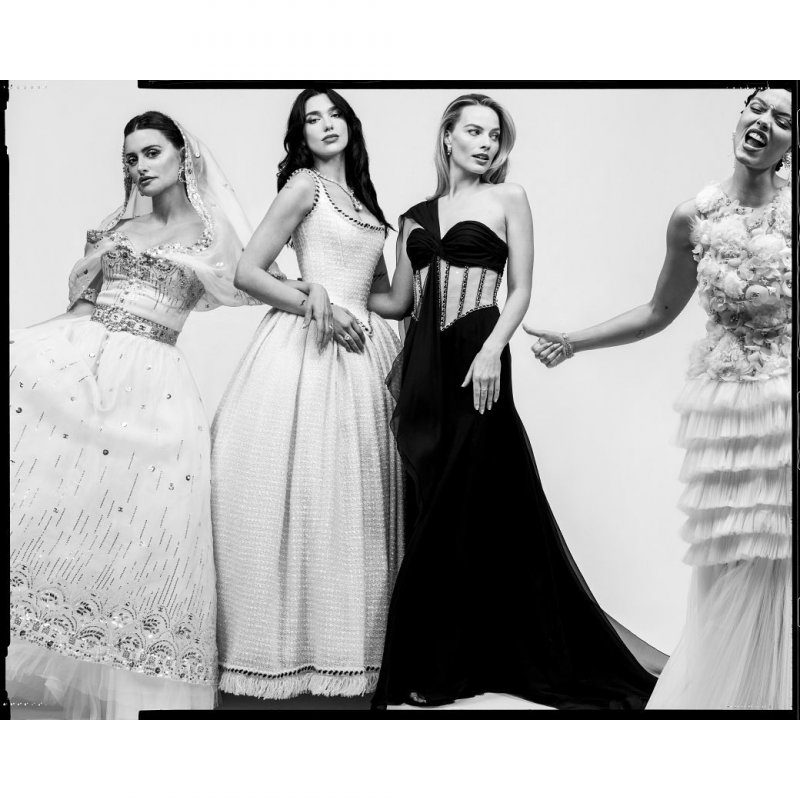Cover Photo Courtesy of Instagram.com/chanelofficial
As much as we love fashion and styling our outfits every morning or before every outing, we might sometimes forget that behind every piece in our closet there is an inspiration that brought it to life. This industry has witnessed many eras that brought fashion to what it is today. So, without further ado, let us take you through the eras that made a revolution in fashion and that we still cherish until today.
Let’s start with the 1920s, where glitz and glamour were introduced, as well as shorter dresses, simple designs and casual suits. In this era, accessories also became more versatile and fashion more accessible to everyone, even the ladies who were not wealthy. With movies and art inspiring designers to create attires, clothing became a form of expression.
In the 1950s, fashion witnessed quite the evolution, but not before the 1960s approached. Although the main focus of the beginning of the decade was on conformity, its end was all about mini-skirts and revealing fashion. In addition to shorter skirts, lower-cut blouses and stylish prints allowed women to embrace their femininity and express their independence and confidence.
And just like the 1950s, the 1960s started out with conservative fashion, modest cuts and basic colors, but ended up with the complete opposite. Think brighter colors, tie-dye, unique prints, short skirts and long hair. Fashion’s boldness paved the way for women to show off their personality and stylish sense while they showed more skin than they ever had in previous decades.
The 1970s was the decade of fashion statements. People – whether men or women – became more flamboyant and adventurous with their fashion choices, as glam rock, punk, disco, and psychedelic music genres and movies such as Grease and Saturday Night Fever were the main source of inspiration.
In the 1980s, neon colors, elaborate patterns, prints and bold outfits with shoulder pads took centerstage. “Be yourself” was the slogan of the decade, allowing people to be as wild and carefree as they wanted.
A more low-maintenance kind of style was brought to light in the 1990s, which was an interesting decade in fashion history. The padded shoulders and big hair of the 1980s were eliminated, as the fashion world welcomed slip dresses, T-shirts with graphics, baggy jeans, metallic materials and messy looks – finding major inspiration in performers such as Britney Spears.
This trip finally brings us to the 2000s, when fashion took a futuristic turn. This decade revolved around ethnic clothing, hip-hop fashion, athleisure wear, metallic colors, black and grey patterns, pleated skirts, leather skirts, concert t-shirts, handkerchief tops, cocktail dresses and halter tops. It also saw the introduction of faux fur, recycled materials and the concept of fast and convenient fashion.
Today, fashion has truly become the ultimate form for people to express themselves, as fashion houses might revive any decade that seems to speak better to their audience. While the industry further explores the trends that set the tone to its evolution, we impatiently await to see what the future might hold.
Article Written by Mirella Haddad











